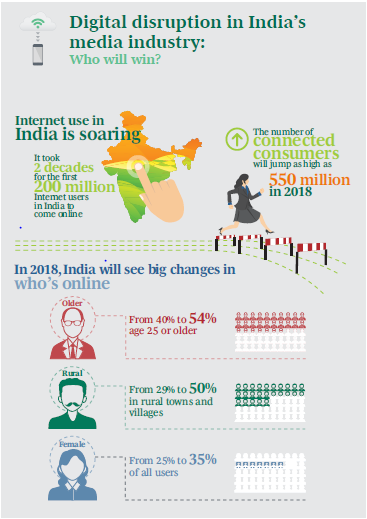This year’s MWC has unveiled some really cool flagship phones. Obviously, some of the big players were missing from the show, but then Apple has never actually been a part of the MWC. Despite that smartphone enthusiasts have some killer phones to look forward to this season. Samsung has already announced its flagship Galaxy S7, which is ready for shipping throughout the US. However, there have been some equally good introductions from the Chinese phone makers OPPO, Meizu and Xiaomi. Oppo’s VOOC charging technology will revolutionize the industry.
But, to put things in perspective, know that the expected number of mobile devices is all set to exceed the total number of people by the end of this year. The population currently stands at around 7.1 billion and the number of mobile devices is expected to cross 7.7 Billion. With 1.8 million smart phones being sold every day, it won’t take long.
But, why are we so interested in smart phones? How does the majority of the American population (since it has huge penetration of smart phones) use them? These are all valid questions which deserve detailed answers. The top reason why they use Smart phones is to stay connected with their family and friends.
With over 370 million likes on Facebook from mobile users and 380 million daily tweets every day, it is no wonder that this is the cheapest way to stay connected. If you still don’t own a smartphone because of its cost, then we suggest going through Groupon for some exclusive smartphone deals, otherwise you are missing out on the fun.
But, there are other reasons as well. For example, 75% of the Americans use their cell phones in the Bathroom and 88% of them use a smartphone while watching TV. On average, people check news on their phones about 40 times a day.
Are you intrigued by the facts! Well we have lots more. We are considerate people, so we have arranged them in a well-meaning infographic for ease of access.






